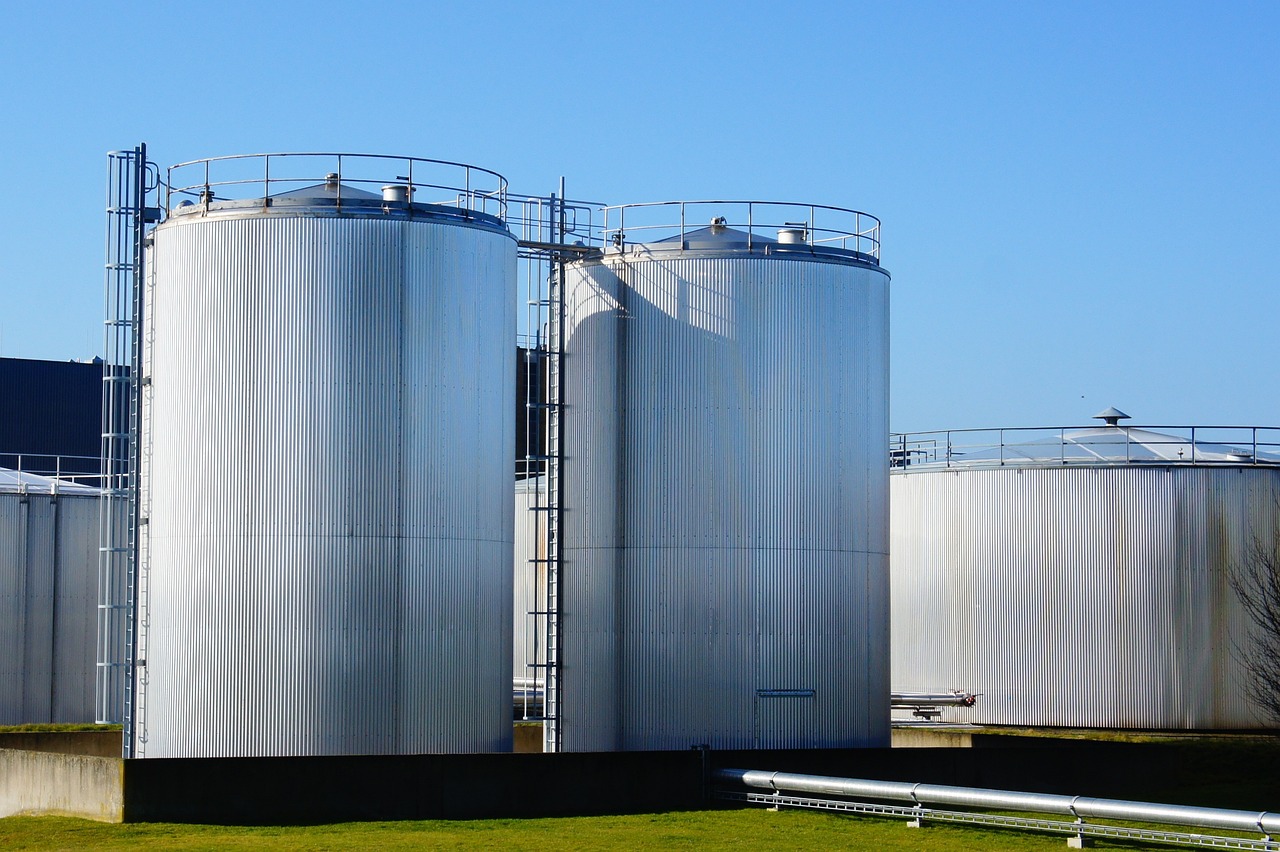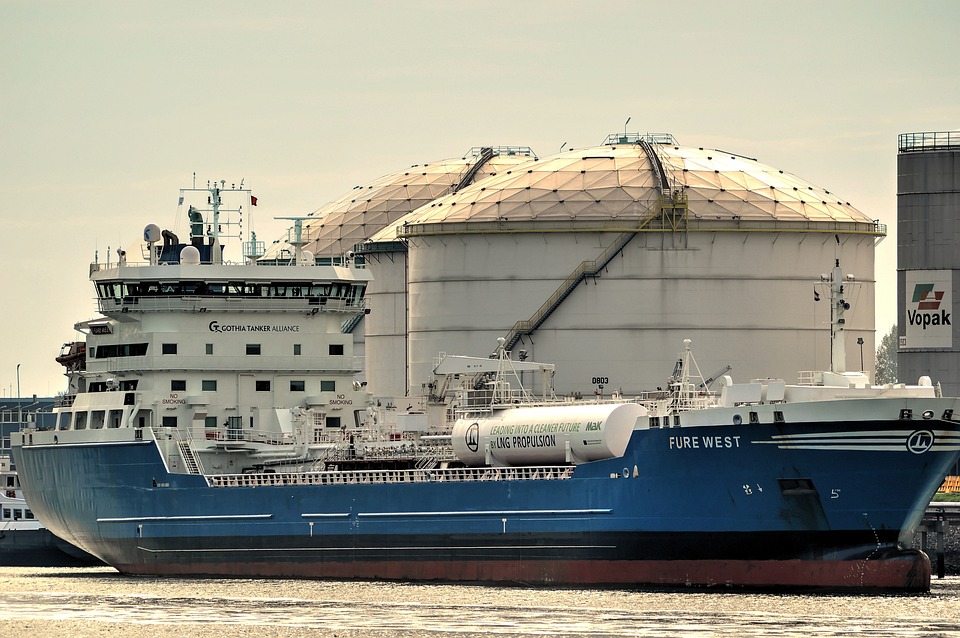Why Real-Time Oil Tank Monitoring Is a Game-Changer for Efficiency
Why Real-Time Oil Tank Monitoring Is a Game-Changer for Efficiency

Industries reliant on oil face mounting pressure to optimize efficiency and reduce wastage.
Whether in manufacturing, logistics, or residential heating, the accurate management of oil resources is critical. Traditional monitoring methods, which often involve manual inspections and estimations, leave room for errors and inefficiencies. This is where real-time oil tank monitoring emerges as a transformative solution. By leveraging advanced technology, real-time monitoring ensures precision, boosts operational efficiency and aligns with sustainability goals.

Understanding Real-Time Oil Tank Monitoring
Real-time oil tank monitoring involves the use of sensors and IoT-enabled devices to track oil levels and other parameters like temperature and pressure. Unlike manual methods, these systems provide continuous, accurate data that is accessible via mobile apps or centralized dashboards. For businesses, this means instant insights into consumption patterns and inventory levels, allowing for proactive decision-making. The integration of smart technology eliminates guesswork and ensures that oil management is both streamlined and reliable.
Eliminating Wastage Through Precision Monitoring
Wastage is a significant challenge in oil management, often stemming from overfilling, spills, or inefficient usage. Traditional methods rely on periodic checks, which can lead to inaccuracies and missed opportunities for optimization. However, with oil tank monitoring, businesses and homeowners gain access to real-time data that ensures precise tracking of oil levels and usage patterns. This technology helps avoid overstocking and eliminates the risk of running out unexpectedly, reducing the likelihood of costly emergencies. Furthermore, accurate monitoring minimizes fuel loss during refills, contributing to financial savings and environmental conservation. By implementing precision monitoring systems, users can make informed decisions that enhance operational efficiency and align with modern sustainability goals.
Enhancing Predictive Maintenance
Downtime caused by equipment failure or unexpected fuel depletion can be costly for industries. Real-time monitoring systems come equipped with predictive maintenance capabilities, alerting users to potential issues before they escalate. For example, if a tank’s pressure or temperature deviates from the norm, the system can flag the anomaly, allowing for timely interventions. By enabling proactive maintenance, these systems prevent operational disruptions and extend the lifespan of equipment, further driving efficiency.
Improving Inventory Management for Businesses
Managing oil inventory effectively is critical for businesses, especially those relying on multiple tanks across various locations. Real-time oil tank monitoring streamlines this process by providing centralized, accurate data on oil levels and usage trends. This eliminates the guesswork and manual effort often associated with traditional inventory checks. Businesses can use this data to optimize their supply chain, schedule refills proactively, and prevent overstocking or running out unexpectedly. The ability to track consumption patterns allows for better budget forecasting and improved resource allocation. Moreover, the automated alerts and detailed analytics offered by monitoring systems empower managers to make data-driven decisions, ensuring operational continuity and reducing costs. With enhanced inventory control, businesses can operate more efficiently and effectively.
Supporting Sustainability Goals
In an era where environmental responsibility is paramount, real-time oil tank monitoring also plays a crucial role in sustainability efforts. By optimizing oil usage and preventing spills, these systems reduce the environmental footprint of oil-dependent operations. Additionally, the data collected can help businesses identify patterns and implement energy-saving practices. This aligns with global efforts to minimize resource wastage and promote greener practices across industries.
Revolutionizing Residential Oil Usage
Real-time oil tank monitoring is transforming how homeowners manage their oil usage, offering unparalleled convenience and efficiency. Traditionally, residential oil users rely on periodic checks or estimates, often leading to unexpected shortages or costly overstocking. Homeowners gain real-time insights into their oil levels through user-friendly apps or dashboards, enabling them to plan refills precisely and avoid emergencies. These systems send timely alerts when oil levels drop, ensuring uninterrupted heating during colder months. Additionally, by tracking consumption patterns, homeowners can identify energy-saving opportunities and reduce waste, resulting in lower costs and a smaller environmental footprint. This innovative technology not only simplifies oil management but also enhances comfort, reliability, and sustainability for residential users.
The Future of Oil Management
Adopting real-time oil tank monitoring represents a significant leap forward in resource management. As technology evolves, these systems become more sophisticated, with features like AI-driven analytics and integration with smart home ecosystems. The future of oil management lies in automation, precision, and sustainability, and real-time monitoring systems are at the forefront of this transformation. For businesses and individuals alike, investing in these technologies is not just a choice but a necessity for staying competitive and efficient.

Real-time oil tank monitoring is undeniably a game-changer, offering unparalleled benefits in efficiency, accuracy, and sustainability. By eliminating the inefficiencies of traditional methods, these systems empower users to make data-driven decisions and achieve optimal resource management. Whether for industrial operations or residential use, the shift to real-time monitoring is a step toward a smarter, more sustainable future. As industries and households continue to embrace this innovation, the landscape of oil management will never be the same.
Trending
1 Dry Skin: Tips for Hydrating and Nourishing Your Skin
Mihir Gadhvi2 Are Dental Implants Safe? Understanding the Risks and Long-Term Effects
Daniel Hall3 Understanding the Role of a Cancer Misdiagnosis Lawyer in Miami
Daniel Hall4 Feel Confident in Your Smile with Snap-On Veneers
Daniel Hall5 The Difference Between Data Science and AI Courses: What You Need to Know
Daniel Hall

